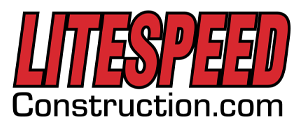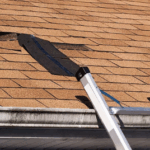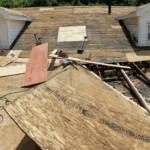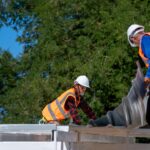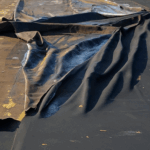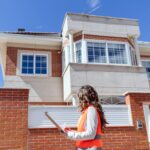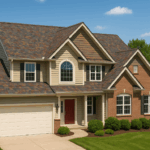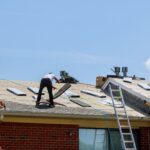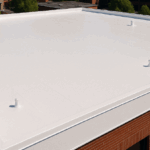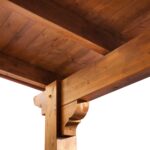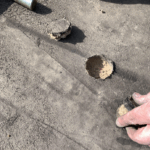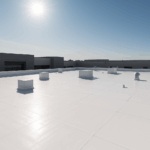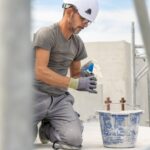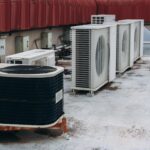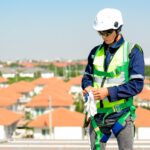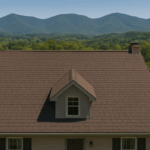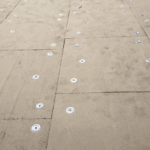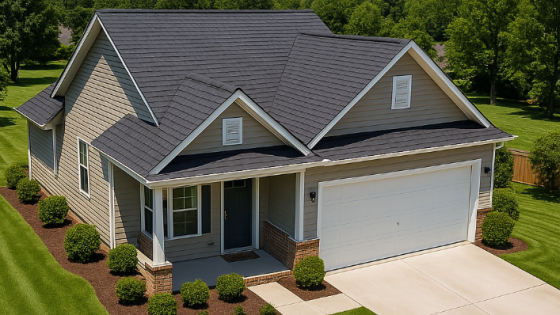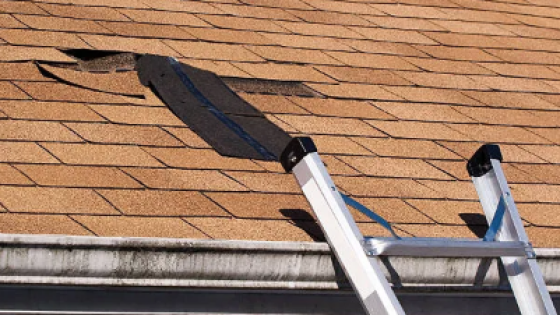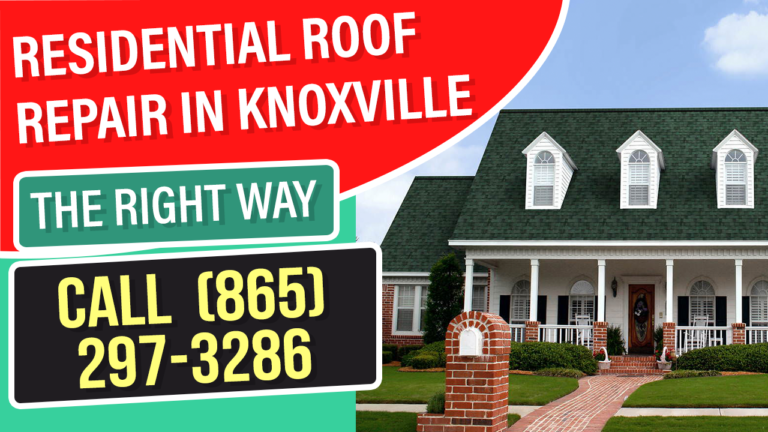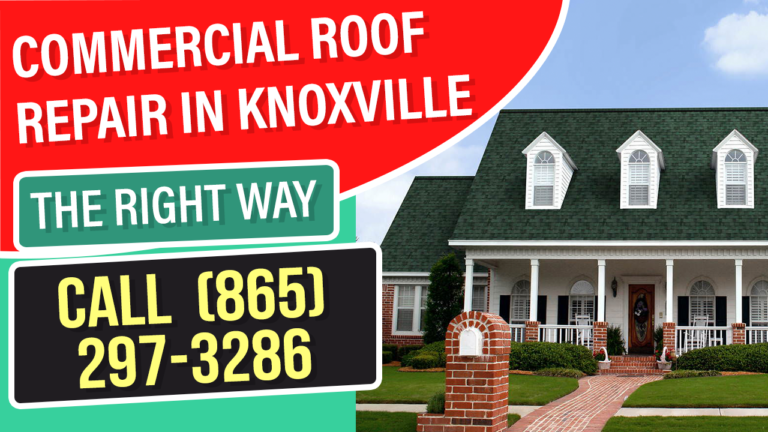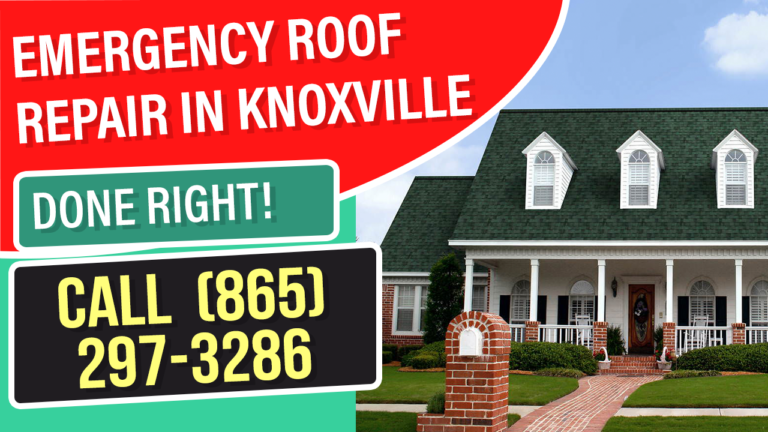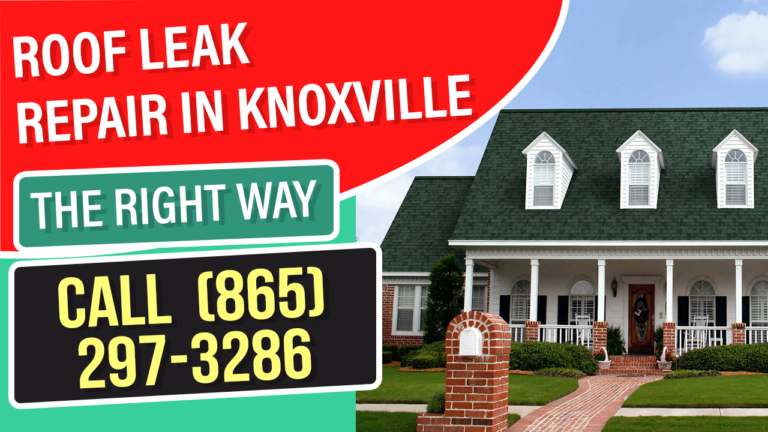Replacing a roof can be a big investment, and ensuring the integrity of the underlying structure is just as important as installing new shingles or tiles.
One common issue homeowners may face, especially in areas prone to moisture like Knoxville, Tennessee, is the presence of rotten boards when replacing their roof.
These boards, typically the decking of the roof, can become weakened due to prolonged water exposure, leaks, or aging materials.
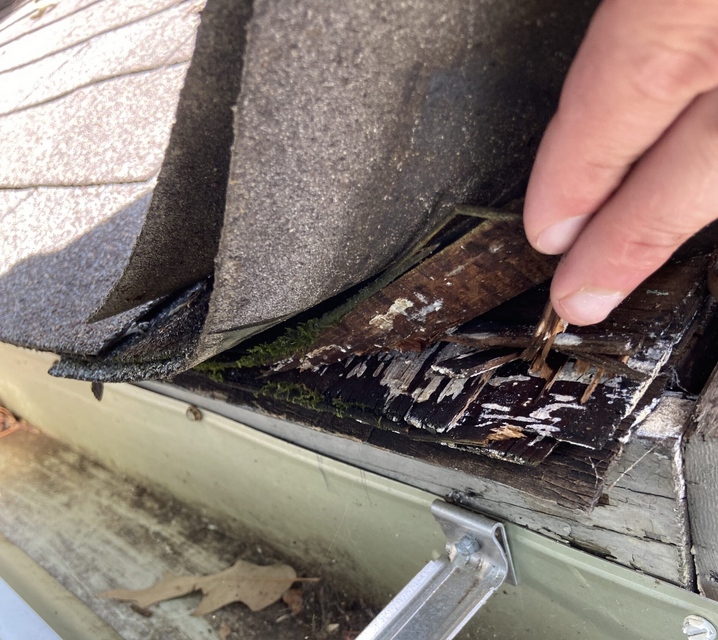
Key Takeaways
💡Rotten Boards Compromise Roof Integrity
💡Moisture is the Primary Cause of Roof Decking Rot
💡Replacing Rotten Boards Adds Time and Cost to a Roof Replacement
💡Preventative Maintenance Reduces the Risk of Rotten Boards
Rotten Boards and Roof Decking
Roof decking is the foundation of your roof. It is a flat, supportive layer typically made from plywood or OSB (oriented strand board) that serves as the base for shingles, tiles, or other roofing materials. Over time, moisture from rain, leaks, or even condensation can lead to wood rot.
Rotten boards when replacing a roof are a significant issue because they compromise the roof’s structural integrity. If these boards are not replaced, they can lead to sagging, leaks, and even roof collapse in extreme cases.
Why Rotten Boards are a Serious Problem
If your roof’s decking is rotting, it presents several dangers:
Weak Structural Support: Rotten boards cannot hold roofing materials securely. This can result in uneven areas where shingles are laid, making the roof prone to leaks and damage.
Health Risks: Prolonged moisture buildup can encourage mold growth, which can infiltrate your home’s air, posing health risks to the inhabitants.
Increased Costs: Leaving rotten boards when replacing a roof can lead to more extensive damage down the road. You may eventually need to replace not only the roof but also the underlying structural components of your home, leading to higher costs.
Shortened Roof Lifespan: A roof built on top of compromised boards may not last as long as it should. The weakened areas can fail under stress from the weather, such as heavy winds or snowfall.
How Rotten Boards Are Discovered
When you decide to replace your roof, the first step contractors usually take is to strip off the old roofing materials—shingles, tiles, and underlayment.
Once this layer is removed, the decking is exposed, revealing any rotten boards that need attention.
Roofing contractors in Knoxville, TN, are particularly vigilant about this issue due to the local climate, which sees frequent rainfall and humidity, factors that contribute to wood rot.
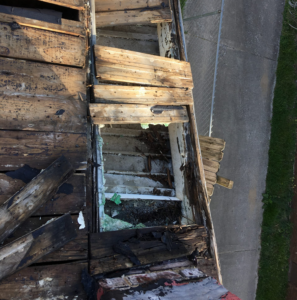
Signs of rotten boards when replacing your roof include:
– Soft spots: When walking across the decking, the contractor may notice certain areas feel spongy or soft.
– Discoloration: Dark spots or mold growth can indicate the presence of moisture and potential rot.
– Warping or crumbling wood: Rotten boards may begin to curl, warp, or disintegrate when handled.
The Process of Replacing Rotten Boards
Once the rotten decking is identified, it’s important to replace the damaged sections before proceeding with the roof replacement. Here’s what typically happens:
1. Remove the Affected Areas: The rotten boards are cut out and removed carefully to prevent further damage to surrounding materials.
2. Inspect for Additional Damage: After removing the rotten boards, the contractor will inspect the surrounding structure for signs of water damage or rot that may have spread to adjacent areas.
3. Install New Decking: New, sturdy decking is installed in place of the rotten boards. This restores the integrity of the roof, ensuring the new roofing materials will have a solid foundation.
4. Reinforce with Underlayment: A waterproof underlayment is applied over the new decking to act as a barrier against moisture, providing an additional layer of protection.
5. Roof Installation: With the decking restored, the contractor can now proceed with the installation of shingles, tiles, or other roofing materials.
Costs Involved in Replacing Rotten Boards
Replacing rotten boards when replacing a roof can increase the overall cost of the project. In Knoxville, TN, the average cost of roof decking repair can vary based on the extent of the damage and the type of materials used.
| Type of Decking | Cost per Square Foot | Typical Cost for Full Replacement |
|---|---|---|
| Plywood | $2.50 - $5.00 | $1,000 - $1,500 (for 200 square feet) |
| OSB (Oriented Strand Board) | $1.50 - $3.00 | $600 - $1,200 (for 200 square feet) |
| Labor | $1.50 - $3.00 | $600 - $1,200 (depending on contractor) |
If only a few boards need replacing, the cost may be minimal. However, if large sections of decking are rotting, it can add hundreds or even thousands of dollars to the project.
Factors that Contribute to Rotten Boards
Several factors can lead to rotten boards when replacing a roof, including:
– Water Leaks: The most common cause of rotten decking is water leaking through the roof due to damaged shingles or flashing.
– Improper Ventilation: Poor attic ventilation can trap moisture, contributing to wood rot over time.
– Age of the Roof: Older roofs are more susceptible to water damage and deterioration.
– Storm Damage: In Knoxville, heavy rainstorms, strong winds, and snow can speed up the rotting process by forcing moisture into the roof structure.
How Knoxville Roofing Contractors Handle Rotten Boards
Reputable roofing contractors in Knoxville, TN, are prepared to handle rotten boards during roof replacement. Experienced contractors understand the local climate and know the warning signs of rotting decking. When they discover rotten boards when replacing a roof, they prioritize:
– Comprehensive Inspection: Before proceeding with the roof replacement, contractors thoroughly assess the decking’s condition.
– Quality Materials: Contractors typically use high-quality plywood or OSB, ensuring the new boards are durable and long-lasting.
– Transparency with Costs: Contractors should clearly explain the additional costs involved when replacing rotten boards, so homeowners aren’t surprised by unexpected charges.
FAQs about Rotten Boards When Replacing a Roof
Roofers typically discover rotten boards during the roof replacement process when the old shingles and underlayment are removed.
No, leaving rotten boards in place will compromise the structural integrity of your roof and lead to future issues.
The cost varies, but it generally ranges from $600 to $1,500 depending on the extent of the damage.
Most professional roofing contractors in Knoxville are equipped to handle rotten decking, but it's important to confirm their experience.
Moisture from leaks, poor ventilation, and water damage are the primary causes of rotting roof decking.
It can add a few hours to a couple of days, depending on how many boards need to be replaced.
It depends on your insurance policy and the cause of the rot. Check with your provider for specific coverage details.
Yes, if rotten boards aren't replaced, it may void your new roof's warranty.
Regular maintenance, proper ventilation, and quick leak repairs can help prevent rot.
Plywood and OSB are both common options, but plywood tends to be more durable and moisture-resistant.
